Ford Tourneo Connect Estate (2013-2022) engines, drive and performance
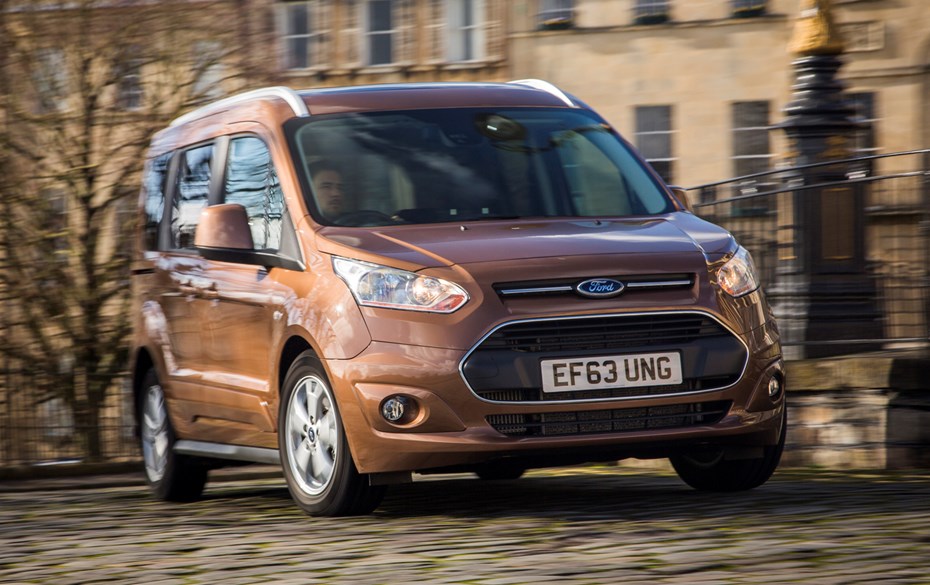
With engines tuned for low-down power and a body not blessed with slippery aerodynamics, Ford Tourneo Connect performance is hardly scintillating. But that misses the point.
Diesel engines
Ford expects 90 percent of sales to be in favour of the diesels, and three versions of the 1.6-litre TDCi units are offered.
The pick of the range is the 113bhp version, fitted with a six-speed manual. 285Nm of torque propels the Tourneo to 103mph, reaching 62mph in 13.8 seconds, yet still returns 58.9mpg and a CO2 figure of 130g/km.
With a five-speed manual ‘box, the lower-powered 94bhp version has 220Nm of torque available. It delivers a 100mph top speed and a leisurely jog to 62mph in 14.7 seconds. The upside is CO2 emissions of 130g/km and an average of 56.5mpg.
There’s little diesel-engine clatter audible inside the cabin and that extra-low rev grunt ensures progress requires fewer gear-changes.
For lower running costs you’ll need the 1.6 diesel fitted with Ford’s optional ‘Fuel Economy’ pack. This includes a stop/start function and an extra 10Nm of torque. Although performance figures remain the same, emissions drop to 120g/km and fuel efficiency nudges up to 61.4mpg.
Petrol power
The familiar three-cylinder 1.0-litre EcoBoost petrol is the cheapest option and with 99bhp and 170Nm of torque available it’s also the least able to deal with the Tourneo’s heft. It doesn’t struggle; it’s just that the diesels’ extra grunt makes them easier to live with. It is quiet and refined, though.
Ford claims 50.4mpg is achievable with CO2 emissions of 129g/km. It is mated to a slick six-speed manual gearbox and its top speed is 103mph, while 0-62mph takes 14 seconds.
Developing 148bhp and 240Nm of torque, the 1.6-litre petrol Tourneo, mated to a six-speed automatic gearbox, is quicker but less efficient. A 108mph top speed and sprint to 62mph in 10.9 seconds are possible, but the sacrifice is a fuel consumption figure of just 35.3mpg and CO2 emissions of 184g/km.
Unlikely to excite enthusiastic drivers, the Ford Tourneo Connect’s handling is instead biased towards ride comfort and stability.
Using elements of the Focus’ underpinnings ensures that the Tourneo will feel more like a car than its less well-honed predecessor, as well as feeling superior to rivals such as Citroen’s Berlingo and Fiat’s Doblo.
Regardless of speed it feels secure on the road – those high sides not feeling especially susceptible to gusty crosswinds. The stretched-out wheelbase and the car’s width instil confidence-encouraging surefootedness and a very comfortable ride too.
Deep potholes in urban environments are ironed out as effectively as longer undulations on country roads – nothing seems to faze it in terms of ride compliance.
Most surprising is the steering, which is blessed in a similar manner to Ford’s conventional car range. The steering wheel gives a generous amount of sensation about what the front tyres are doing, further inspiring reassurance to drivers new to this type of car that it doesn’t feel totally alien.
Electronic stability measures ensure that the Tourneo isn’t wayward when pressing on and although body roll is evident, it’s not enough to make passengers feel nauseous.
Stopping power feels appropriate for the car too, feeling safe and secure after repeated heavier use.



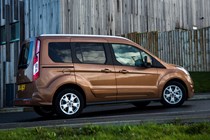
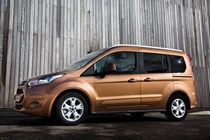
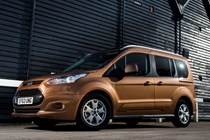
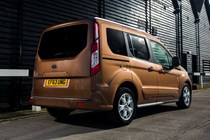
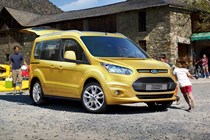
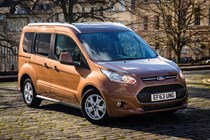
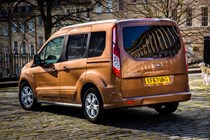
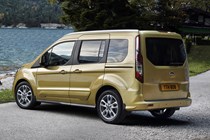
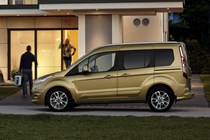
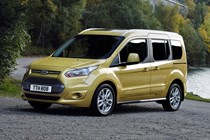
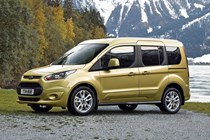
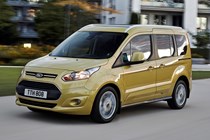
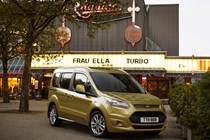

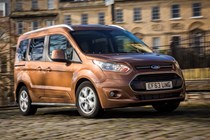
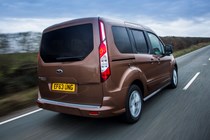
.jpg)
.jpg)
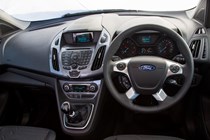
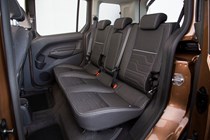
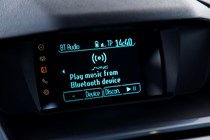

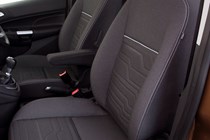
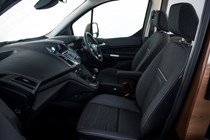
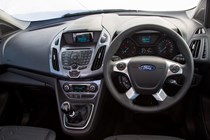
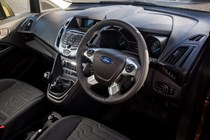
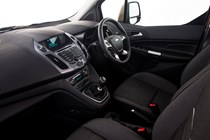
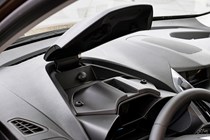

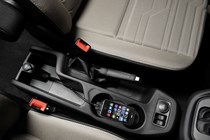
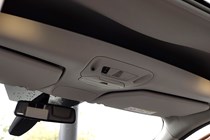
.jpg)
.jpg)
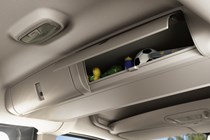
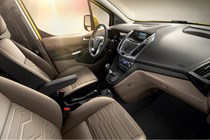
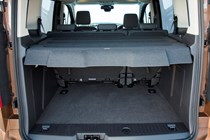
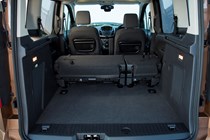
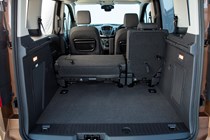



















.jpg?quality=50)
.jpg?quality=50)













.jpg?quality=50)
.jpg?quality=50)






